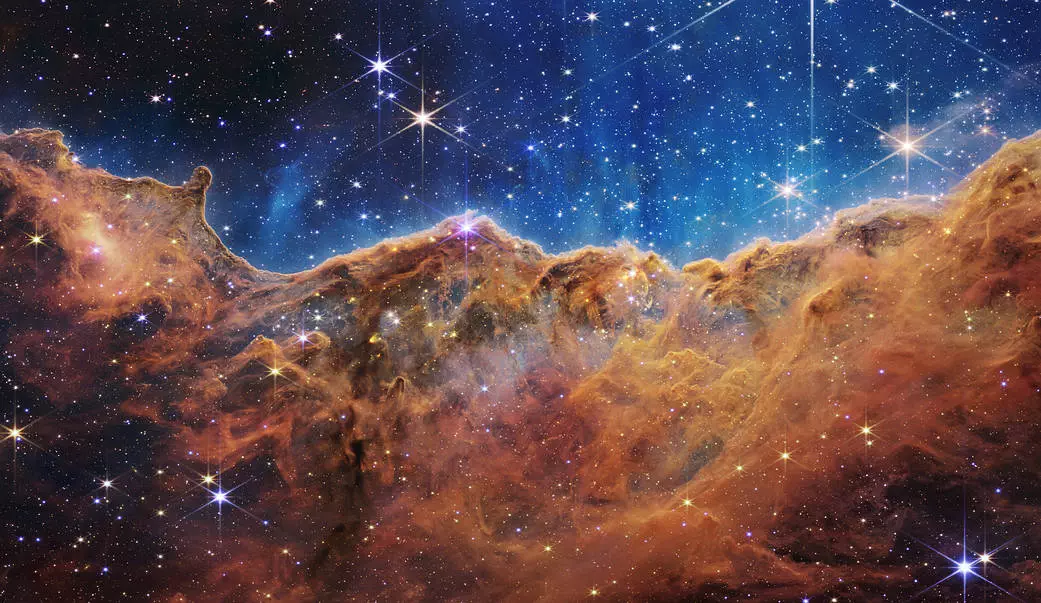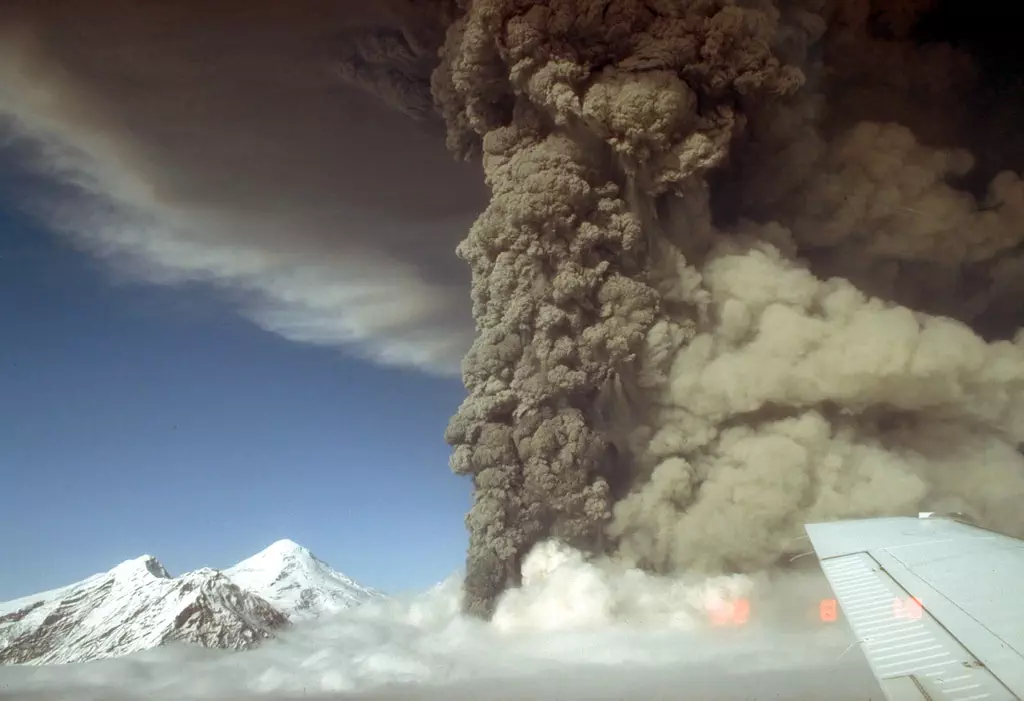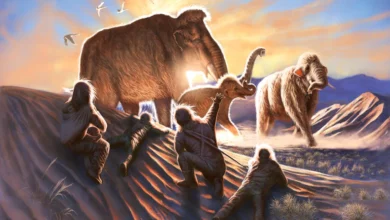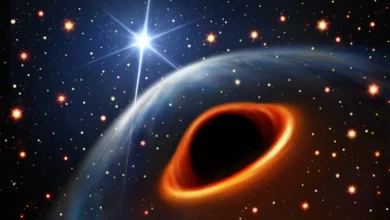The Hubble Deep Field will be surpassed by JWST
NIRSpec, an incredible technique on the James Webb Space Telescope, will peer into the ancient universe.
There’s no denying it: The Hubble Space Telescope is one of the crowning achievements in our collective quest to learn more about space. Since NASA released the first Hubble image in 1990, the space telescope dreamed up in 1946 by Yale astrophysicist Lyman Spitzer Jr. has been making history.
Hubble has greatly advanced our knowledge about other solar systems, alien worlds, and more. Hubble’s definitive images have laid the foundation for a new chapter in space exploration starting this summer.
This particular work is a Hubble Deep Field Image that represents a collection of 342 different exposures to one of the darkest regions of space. All photographs were taken between December 18 and 28, 1995.
Hubble’s cameras have revealed countless ancient galaxies in the apparent void of space. Some estimates put their number at around 10,000. Together, they form a wide range of ages, shapes, colors, and sizes. When scientists released it to the public, it took the world by storm. We were looking at what the universe might have looked like 13 billion years ago.
A few years later, this feat was surpassed by a Hubble Ultra Deep Field image from the early 2000s.
Related Article: Brown Dwarf, One of James Webb’s Early Discoveries
Webb will do more than just look at the Hubble Deep Field
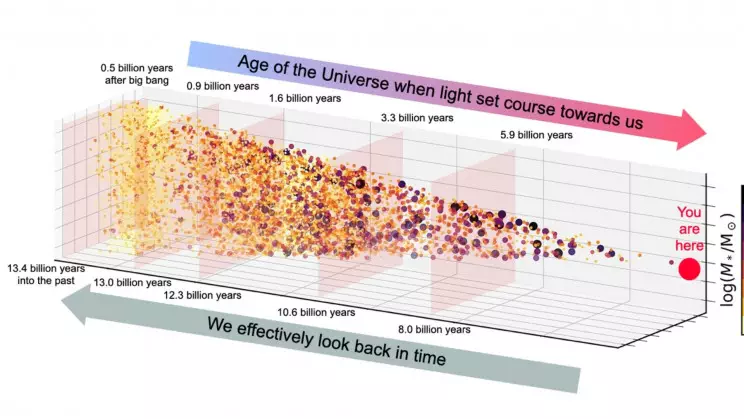
“This summer, Webb will begin searching for galaxies in the distant universe,” Young explains. Aaron Young, a postdoctoral researcher at NASA’s Goddard Space Flight Center, said this in a NASA blog post. Webb will do more than just look at the Hubble Deep Field; it will provide physical data for more distant galaxies within the original snapshot and help scientists model the structure of the first galaxies to ever exist.
The advanced evidence collection from the James Webb Space Telescope is a huge deal for astronomers and everyone who has wondered how we got here. The James Webb Telescope data will reveal the initial conditions for galaxy formation and everything we know. Even how life-friendly solar energy systems are.
Related Article: James Webb Space Telescope Searching for Earth-Two
The James Webb Space Telescope’s NIRSPEAK will go beyond the Hubble Deep Field

NASA announced the Webb near-infrared spectrometer NearSpec “ready for its journey into space” at Kourou on November 11, 2021, an announcement that signaled the passage of the torch, even as the Webb telescope remained on Earth, approximately 44 days before its launch.
NearSpec is a contribution from the European Space Agency (ESA) to the James Webb Telescope and a group of industrial companies in the European Union. Such as Airbus Aerospace and Defense Production in Germany. Some other components came from NASA, meaning Hubble’s outstanding contribution to science will only be surpassed by the collective efforts of many of the greatest engineers, scientists, and industries in many countries.
Related Article: Extreme Seasons of Uranus Unveiled by JWST
At more than six feet, Nearspeak is the largest instrument aboard the James Webb Telescope, according to NASA. Weighing about 485 pounds, NASA can say it’s strong enough to withstand the rigors of space. It actually survived a missile launch, of course. The instrument’s optical table, as well as most of its mirrors, are made of a durable, stable ceramic material known as silicon carbide.
Related Article: Waters Surrounding Rare Comet Discovered by JWST
Spectra of the universe when it was a few million years old

Now attached to the James Webb Space Telescope, in orbit of the second Lagrange point (L2) beyond the Moon, Niersbeek will look into the very early universe to discover the properties of the faintest galaxies. It will accomplish this by separating infrared light from these unimaginably distant galaxies into different shades of infrared light, called spectra.
This information will reveal to scientists specifically how far away galaxies are, the types of stars they are composed of, and—crucially—”the relative abundance of life-giving elements like oxygen and carbon in their interstellar gas,” according to NASA data.
“Each spectrum is a little treasure trove of information that will help scientists understand how the first stars and galaxies formed when the universe was only a few hundred million years old!”
Related Article: James Webb discovers ‘celestial monster’ stars
The James Webb Space Telescope will reveal the conditions of our existence
When this summer arrives, the search for answers to how ancient galaxies formed will begin. Many polls are waiting for their turn with James Webb, including NG Deep and Primer. However, for surveys of the large-scale structure of the early universe,. Projects like COSMOS-Web will use input from theory-based simulations. Previous simulations will guide the procedure to choose the best monitoring strategies.
One of these simulations of the universe matched the distribution of galaxies observed in the Hubble Ultra Deep Field. Except there are more galaxies expected to be within sight of Webb’s amazing instruments.
“Webb will discover, for the first time in human history, that galaxy clusters formed shortly after the Big Bang, and the theory paves the way for research,” Young says. “In turn, Webb’s observations will improve our understanding of galaxies and the history of our universe.”
Emergence: Hubble changed the way we see the universe, giving us a glimpse not only of a universe far, far away but also of an unimaginably ancient universe. But when the James Webb Space Telescope takes a look at Hubble’s crowning achievement, we’ll see even further into the abyss—into the same conditions that allowed every galaxy, every star, every planet, and every being to exist.
Related Article: The James Webb Space Telescope Explores Lava Worlds





